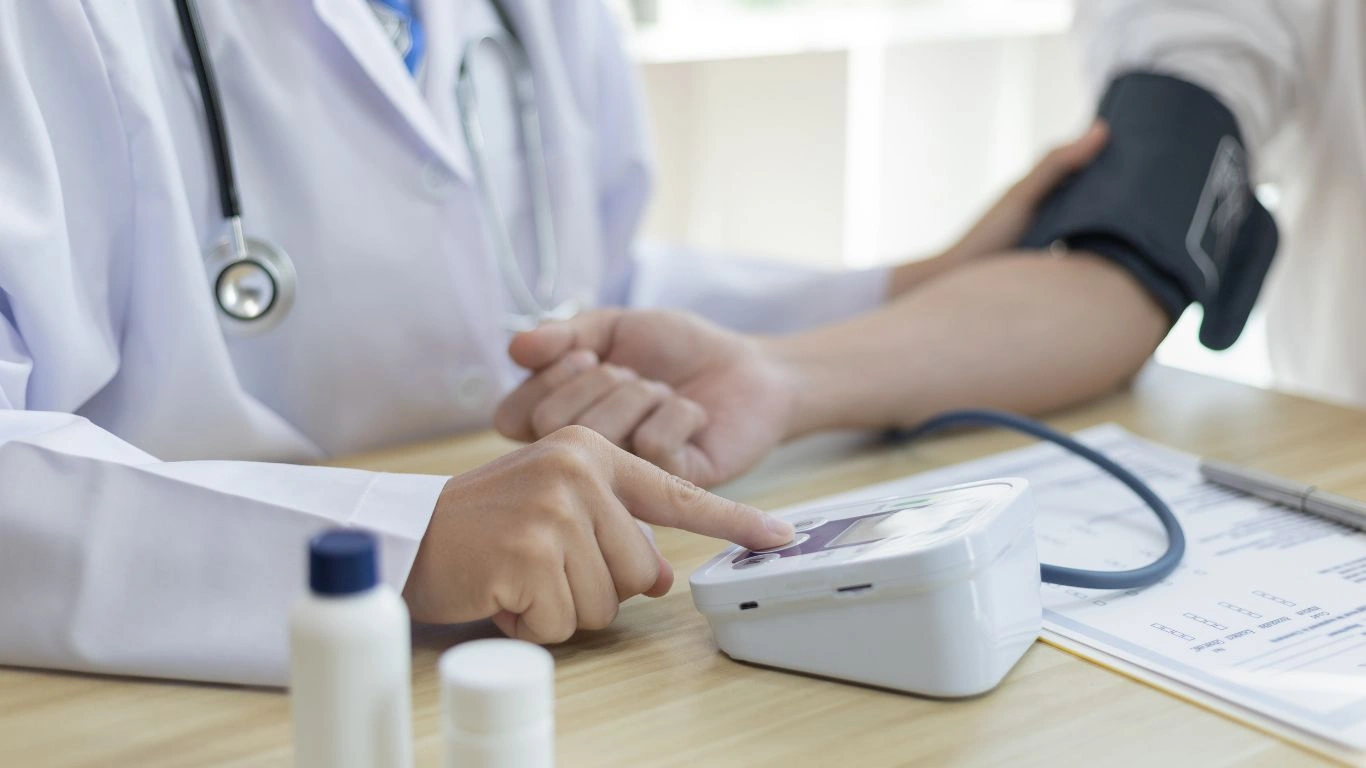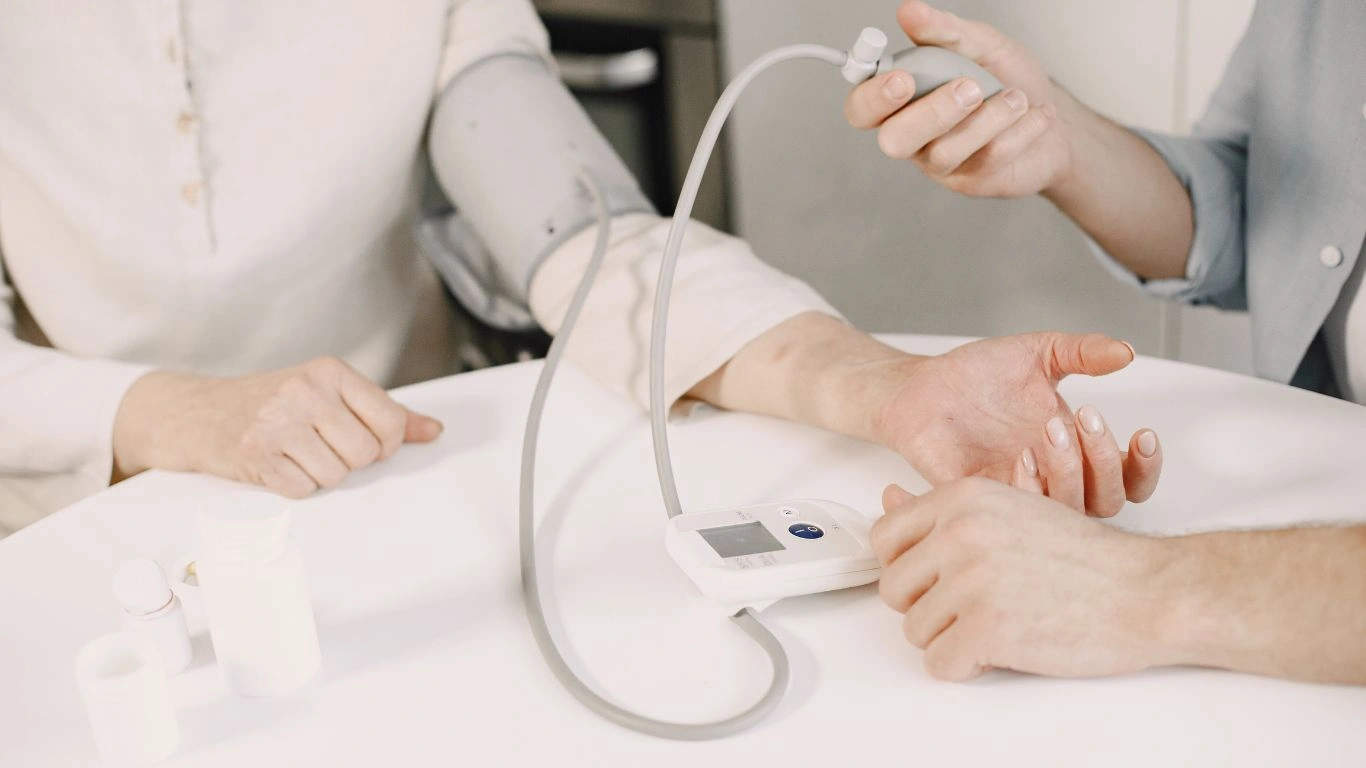Surprising Truth: Can Celery Juice Lower BP Fast or Not?
If you’ve ever Googled can celery juice lower BP fast?, you’re definitely not alone. I get this question a lot—both in clinic and over casual brunches with friends who suddenly get curious about their blood pressure after a salty meal. I mean, I get it. Hypertension is the silent troublemaker of modern health, and people are looking for quick, natural solutions. As an Internal Medicine Physician who’s spent years helping patients fine-tune their blood pressure regimens, I’m always intrigued when a natural remedy like celery juice gets attention. So let’s dig into this—what’s myth, what’s fact, and what I’ve actually seen in real-life practice.
What’s In Celery Juice That Catches Our Attention?

First off, celery isn’t just crunchy water. It’s packed with a little-known compound called phthalides. These plant chemicals may help relax blood vessel walls and increase blood flow. That’s the science-y part that gets people excited about celery juice as a natural vasodilator. On top of that, it’s rich in potassium, magnesium, and vitamin K—all nutrients with ties to heart health.
But let me be real: a single glass of celery juice isn’t a miracle worker. I’ve had patients who thought drinking it once would replace their medication. Spoiler alert—it doesn’t. But in the right context, especially as part of a consistent lifestyle change, it can be a helpful piece of the puzzle.
Can Celery Juice Lower BP Fast? Let’s Talk Real-World Results

Short-Term Effects: What I’ve Seen in Clinic
I’ve had a few curious patients try celery juice daily for a week or two before a follow-up visit. Some saw a modest dip in their systolic numbers—like 5 to 7 mmHg. It’s not dramatic, but it’s real. That said, this usually came along with other good habits—less salt, more walking, better hydration. So while I can’t say it was *just* the celery juice doing the heavy lifting, it likely helped grease the wheels.
Blood Pressure Isn’t a One-Ingredient Equation
This is where I like to set expectations. Blood pressure is influenced by dozens of factors: genetics, stress, sleep, diet, weight, medications. You can’t fix it with just one veggie. But celery juice could act as a mild natural adjunct—think of it like bonus points, not the main grade.
Benefits Beyond Blood Pressure

Even if celery juice doesn’t become your go-to hypertension hack, there are some great side perks:
- Hydration boost: It’s over 90% water, which helps maintain blood volume and circulation.
- Anti-inflammatory effects: Celery contains antioxidants like luteolin and apigenin, which may reduce inflammation tied to heart disease.
- Digestive support: Some patients have reported improved digestion, especially when drinking celery juice on an empty stomach.
But let’s bust a myth while we’re here—no, it’s not detoxing your body in the magical way some wellness influencers claim. Your liver and kidneys handle detox just fine without a green juice rescue squad.
Is It Safe to Drink Every Day?
For most people, yes. But if you’re on certain medications—especially diuretics or blood thinners—too much celery juice could lead to electrolyte imbalance or interfere with how your meds work. I always recommend chatting with your doctor first. I’ve seen folks accidentally drop their potassium too low or thin their blood a bit too much, thinking more is better.
Also, celery is naturally high in sodium. Surprised? One cup of celery juice can have up to 90mg of sodium. Not huge, but it adds up—especially if you’re already on a sodium-restricted diet.
How Much Celery Juice Is Enough?

This is the part where patients look at me across the exam table and ask, “Okay, doc—how much do I need to drink to actually help my BP?” Honestly, there’s no magic number, but from what I’ve seen and what the limited studies suggest, about 8 to 16 ounces of fresh celery juice daily is the sweet spot. More than that, and you start creeping into excessive sodium and potential medication interactions. Less than that? Probably not enough to move the needle on your blood pressure.
I’ve had a few health-savvy patients juice a full head of celery in the morning and sip it before breakfast. Most of them swore they felt less bloated and a little more energetic—probably thanks to the potassium helping flush out some excess water. A couple even documented a 5-10 mmHg drop in their systolic numbers after two weeks. Again, not magic, but measurable.
Timing Matters—A Little
If you’re curious whether timing makes a difference, I usually tell folks to drink celery juice on an empty stomach in the morning. That’s when your gut is primed for absorption, and you’re less likely to experience bloating or digestive hiccups. Is it mandatory? No. But it might help you get more bang for your (juiced) buck.
Mythbusting: What Celery Juice Can’t Do

Let’s clear the air here—because I’ve heard all kinds of wild claims in the clinic and online. So here’s a reality check on what celery juice can and can’t do, based on actual science and clinical judgment:
- It won’t cure chronic hypertension overnight. If your blood pressure is consistently 160/100 or higher, you need more than a green drink. This is a medical condition, not a vibe fix.
- It doesn’t “clean your arteries.” I’ve seen influencers say this, and it makes me cringe. Atherosclerosis is complex—it’s not reversible with juice alone.
- It isn’t a substitute for medication. I’ve had patients try to taper off their meds cold turkey after starting a celery regimen. Please, don’t do that without your doctor’s guidance.
That said, I do think it can be part of a heart-smart lifestyle. Alongside real dietary improvements—like cutting sodium, eating more fiber, and managing stress—celery juice plays a supporting role, kind of like a helpful sidekick. But it’s not the hero of the story.
What the Research Actually Says

You might be wondering, “So where’s the proof?” Fair question. Most of the existing research is either animal-based or small-scale human trials. In one 2013 study published in Natural Medicine Journal, participants with mild hypertension saw a significant drop in systolic pressure after taking celery seed extract over several weeks. Not juice exactly, but same active compounds—namely apigenin and phthalides.
Another small clinical study I came across involved adults drinking celery juice daily for a month, which reported modest BP reductions and no major side effects. But these are small samples. We need more robust, large-scale research to give this practice a proper thumbs-up in the clinical world.
My Experience? Mild But Promising
From what I’ve personally seen over the years, celery juice isn’t a game-changer—but it’s not snake oil either. It might give you a few mmHg off the top if you’re borderline hypertensive, or if your diet is already on the healthier side. But if you’re still eating takeout three nights a week and skipping your meds? Don’t expect a miracle from a green glass.
In fact, I usually recommend it to patients who are already doing “most things right” and want a little natural boost. It works best when it’s part of a whole strategy—not a replacement for the basics.
Who Shouldn’t Be Drinking Celery Juice?
Let’s also talk about who might need to skip or limit celery juice. Based on my clinical experience, here are a few red flags:
- People with kidney issues: Celery is high in potassium, which can be risky if your kidneys aren’t filtering well.
- Those on blood thinners: Celery has vitamin K, which can interfere with warfarin and other anticoagulants.
- Patients with IBS: The high fiber content and fermentable sugars in celery can trigger bloating or cramps.
When in doubt, check in with your doc—especially if you’re already juggling multiple meds or chronic conditions. I’ve had to tweak a few treatment plans when patients started juicing regularly without telling me (a gentle reminder: your doctor isn’t a mind reader!).
How to Add Celery Juice to a Blood Pressure-Friendly Routine

Alright, let’s say you’re curious and want to give this celery juice thing a real shot. Where do you start? The key is consistency and moderation. Here’s what I typically recommend when patients ask how to weave celery juice into their day without making it feel like another chore on their to-do list.
Start with a Simple Routine
Here’s a realistic, blood-pressure-conscious schedule based on what’s worked well for some of my patients:
- Morning: Drink 8–12 oz of fresh celery juice on an empty stomach (wait 20–30 minutes before breakfast).
- Midday: Pair your lunch with a potassium-rich food like avocado or leafy greens—no need to double up on celery juice here.
- Evening: Skip any extra juice; instead, focus on hydration and a low-sodium, high-fiber dinner.
This routine keeps things simple and sustainable. You don’t need to go full juice cleanse or overhaul your whole diet—just find a consistent rhythm that fits your lifestyle. And again, celery juice works best alongside your other healthy habits, not instead of them.
My Go-To Celery Juice Recipe (With a Twist)

Here’s my personal take on celery juice. I’ll be honest—plain celery juice can be a little… grassy. If you’re not used to it, your taste buds might rebel a bit. But with a few small tweaks, you can turn it into something that’s actually enjoyable.
Dr. Gwenna’s Celery Juice Blend
- 1 full bunch of organic celery (washed and chopped)
- 1/2 green apple (for a hint of sweetness)
- 1/2 cucumber (adds a fresh, clean finish)
- Optional: A squeeze of lemon juice or a small knob of ginger
Instructions: Juice everything fresh. No pre-bottled stuff—those often lose potency and can sneak in preservatives or sodium. Drink it within 10–15 minutes of making it to get the best nutrient hit.
I’ve had more than a few patients say this version was the only way they could stick with the routine. Plus, apple and cucumber keep it light and palatable, especially for folks new to juicing.
Final Thoughts on Celery Juice and Blood Pressure
So, can celery juice lower BP fast? The short answer: maybe a little, but not like a switch flipping. The longer answer? It can help support blood pressure control if used consistently and wisely as part of a broader plan. I’ve seen modest improvements in real-world settings, especially when paired with lifestyle upgrades like better sleep, less sodium, and staying active.
It’s not about hype—it’s about realistic, manageable habits that make your overall heart health better over time. And as always, what works for one person may not work for another. That’s why personalization and close follow-up matter so much in medicine.
References
- https://www.ncbi.nlm.nih.gov/
- https://www.ahajournals.org/
- https://www.cdc.gov/
- https://www.mayoclinic.org/
- https://www.nutrition.org/
Disclaimer
This article is for informational and educational purposes only and is not intended as a substitute for professional medical advice, diagnosis, or treatment. Always seek the guidance of your physician or other qualified health provider with any questions you may have regarding a medical condition or before starting any new dietary regimen.

Dr. Gwenna Aazee is a board-certified Internal Medicine Physician with a special focus on hypertension management, chronic disease prevention, and patient education. With years of experience in both clinical practice and medical writing, she’s passionate about turning evidence-based medicine into accessible, actionable advice. Through her work at Healthusias.com, Dr. Aazee empowers readers to take charge of their health with confidence and clarity. Off the clock, she enjoys deep dives into nutrition research, long walks with her rescue pup, and simplifying medical jargon one article at a time.






